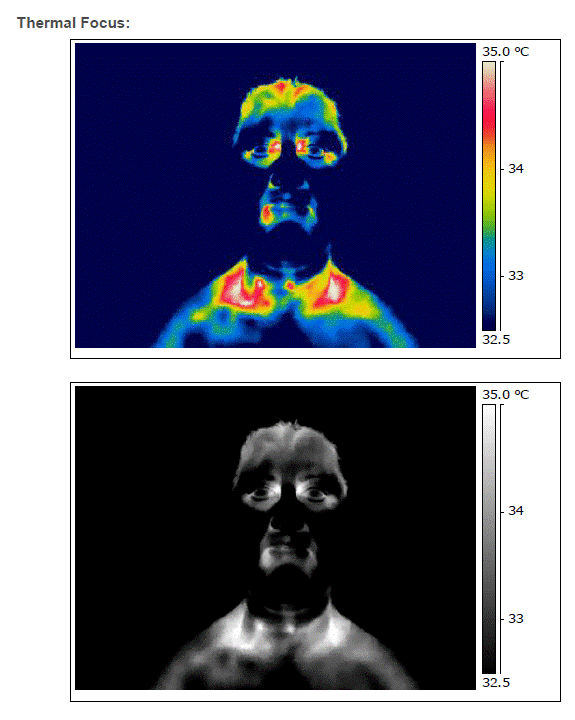The answer is yes! This article will outline how you can change your “clinical” dental hygiene prophylaxis or therapy hour to a “nonclinical” dental hygiene screening hour. We will introduce a new “nonclinical” dental hygiene career option, dental systemic thermography
Are you tired of clinical dental hygiene practice? I enjoyed all the years I worked as a clinical dental hygienist. However, I will never forget the day an ear, nose, and throat (ENT) surgeon told me, “You have thyroid cancer due to taking dental x-rays as an RDH.” Needless to say, I was in shock—not only because of my newly minted thyroid cancer diagnosis that could become life threatening, but also because of what might have caused the cancer. My next immediate thought was of the dental hygiene profession that I loved so much, and that I might have to stop practicing clinical dental hygiene. The question that came to mind was how I was going to be able to support myself and pay my bills, as I did not have a backup plan in place. In fact, I didn’t even have comprehensive medical insurance that could pay for my thyroid cancer treatments. My dental hygiene practice was how I made my income. So now really, what was I to do?
As a great fighter once said, “Everyone has a plan ’til they get punched in the mouth.” (1) Thus, I discovered a new career plan, one where I created a way to support myself at my current dental hygiene salary. I wanted to work with patients in healthcare facilities without “cleaning teeth” or taking x-rays.

So what did I do, and how did I do it? In the beginning I worked one to two days a week as a traditional clinical dental hygienist, as I needed to do this for income. The rest of my week I trained in a new career direction, becoming a certified dental systemic thermographer (DST). This new alternative career allowed me to utilize my clinical hygiene experience and replace it with another role in a different setting. As dental hygienists, we already know how to perform intra- and extraoral examinations. We learned this in our dental hygiene educational programs. So, with this knowledge, I figured out a new way to earn a living assessing patient’s intra- and extraoral health, and tied it to what I knew of the oral-systemic connection. In all my years practicing dental hygiene, it seems I was never given adequate appointment time to utilize this part of my educational training.
I encountered integrative like-minded dentists, physicians, doctors of chiropractic, and naturopathic doctors, all interested in having dental systemic thermography images. Clinicians now have this new visual aid for assessing possible oral or systemic disease connections. The bleeding gingiva we see in our daily practices may be an indicator of disease, and should be explored.
So, bottom line, all those years of practicing traditional dental hygiene did pay off for me and were not wasted! With my new career working as a certified DST I bill out between $75-$125 an hour, and depending on the agreement I have with a doctor’s office or wellness clinic, I usually keep 80% of the billed fee. In my next article I will discuss how dental systemic thermography works and why DST images are sought after!
Leave a Reply